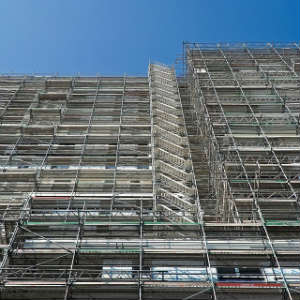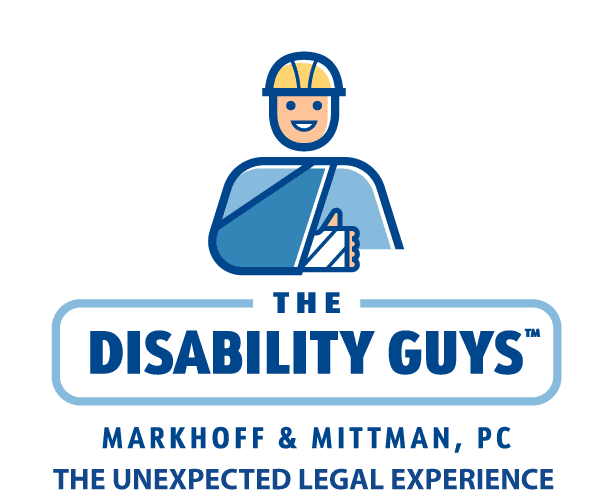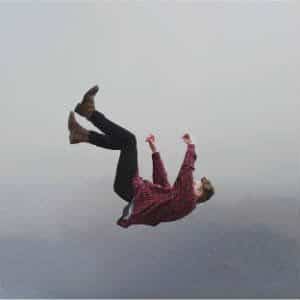Nearly everyone has had a dream where they are falling into nothing but thin air with nothing to stop their descent and the terror that comes with that feeling is enough to wake the dreamer up. But for some, the horror of falling isn’t a dream but a very dangerous reality.
A Look At Construction Falls In A Two Week Period
According to the Occupational Safety & Health Administration, falls from any height are part of the “Fatal Four”, which are four types of accidents that claim more than half of all deaths in the construction industry every year. The “Fatal Four” include:
- Falls
- Being Struck By An Object
- Electrocution
- Being Caught In Between Two Objects (accidents where a worker is crushed)
Of these four, falls account for the majority of the fatal accidents.
Given this information, OSHA has created a long list of safety standards which employers are required by law to follow or they face stop work orders, citations, fines, and in extreme cases, even criminal prosecution. However, employers don’t often listen because they typically believe that the risk of being caught is minimal and they stand to make more money from ignoring the standards than enforcing them.
Unfortunately, despite the importance of their administration, OSHA is a relatively small organization which only has around 2000 employees in the entire country. This means that frequently an OSHA representative doesn’t visit or inspect a business until either a complaint has been made or an accident has occurred, like the many slip and fall accidents which occurred at the end of September 2017 and beginning of October 2017.
Two Construction Workers Die In Manhattan On The Same Day
On September 21st, 2017, two families lost their loved ones in completely separate accidents.
The first accident occurred in the Financial District where a team of construction workers was doing work on a high-rise building. One of the workers, a 43-year-old man from Queens, was all the way up on the 29th floor working on a platform. According to his coworkers, the platform was violently shaking and he lost his balance, falling over the side. His fall took him all the way to the first floor of the building where he landed on scaffolding.
Even though his coworkers rushed to his aid and called 911, by the time that an ambulance arrived, he had succumbed to his serious injuries and was declared dead.
His family, including the five children he leaves behind, were devastated to learn that he was wearing a safety harness but it wasn’t clipped in.
A New York Department Of Buildings representative was immediately sent to the job site, which happens any time that a worker is killed on the job, and a partial stop work order was issued because they determined a crane was being used without a proper permit. While this may not have had anything to do with the accident, it could potentially prevent another death.
Hours later, in Hudson Yards, two workers were in a bucket operating a forklift cage when the bucket tipped and both men fell over 35-feet to the ground below. One of the workers survived the impact and he was rushed to the hospital with numerous injuries including head and body injuries. Sadly, his coworker did not survive the fall and like the victim before him was pronounced dead at the scene.
For the second time that day, it was discovered that both workers were wearing safety harnesses but neither one was clipped in properly.
Investigations of both accidents and the job sites are underway.
Scaffolding Accident Sends Workers Plunging To Ground Below
On Tuesday, October 3rd, 2017, two more construction workers were hurt in a fall. The two men were on scaffolding while working on the 12th floor of a building in the Bronx installing stone slabs when they both fell through gaps in the scaffolding.

A man who works as the safety coordinator for the general contractor told reporters that the scaffolding as safe and that not only had his “qualified” workers built the scaffolding themselves but that he had been up there and it was “fine., yet within hours the Department of Buildings had issued a stop work order because they found that scaffolding from floors 8 – 12 were not properly planked, didn’t have end rails, and none of the workers who were supposedly qualified to build the scaffolding could produce the necessary training cards.
A witness overheard the DOB representative asking the safety coordinator “How do you let guys walk on this? How do you keep guys from falling through the gaps? This is not up to code.”
Proposed Laws Could Help Prevent Falls
There are several new bills that have been proposed which may help construction workers stay safe.
Mandatory Apprenticeships
One of the bills would require that all construction workers undergo mandatory apprenticeships. This way, they spend one on one time with an experienced worker who can show them the ins and outs of the industry and instruct them in proper safety measures.
Those against this bill claim that the OSHA approved safety training is enough, however, as was observed in one of the latest accidents, many employers don’t actually have their employees go through the training.
Carlos’ Law
If passed, this new law would give authorities the ability to charge employers with a felony if they played a role an accident which claims a worker’s life.
Sadly, even if these laws pass, it is likely that employers will continue to put their employees in harm’s way and that serious injuries will occur.
Workers’ Comp Is Supposed To Support Workers Who Fall
Most employees are aware of the existence of workers’ compensation which is an insurance policy that is supposed to pay for the medical treatments required when a worker is hurt on the job.
But adding insult to injury, like employers, insurance companies are typically more interested in saving the company money than they are paying out claims. Even though workers’ comp is supposed to be “no-fault”, insurance companies train their adjusters to look for ways to reduce the amount paid out or deny a claim entirely.
When a worker is already fighting through the shock and pain of the injuries that have been sustained in a fall, in addition to the financial losses, receiving a denial letter can feel catastrophic. But help is available.
Even before the initial application is submitted a workers’ comp lawyer can help the injured worker fully understand and navigate the process. In fact, with an attorney by their side, applicants are much less likely to receive a denial. If a denial has been issued, an attorney can handle the process of filing an appeal.
In addition to this, depending on the circumstances of the accident, there are often other forms of compensation available. This may include a claim for Social Security Disability or Social Security Income, or, if a third party contributed to the accident, a personal injury lawsuit.
Decades Of Workers’ Comp Experience
Markhoff & Mittman, also known as the Disability Guys, has focused on workers’ compensation law for decades and is proud to have helped thousands of injured workers get the compensation they need.
For more information, check out our list of 100+ FAQ’s about workers’ compensation, download our free guidebook, or contact our office today.

